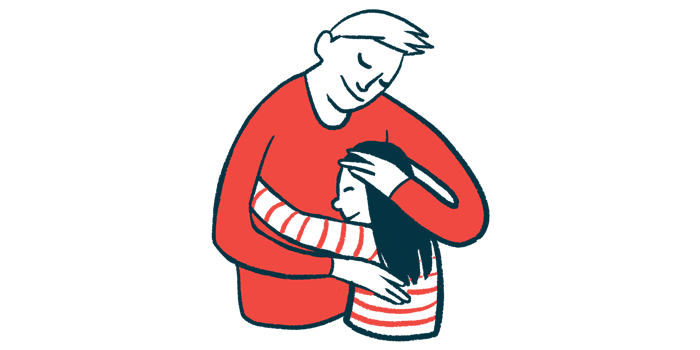Study Outlines Four-stage System for Grading Sanfilippo Type A Severity

A team led by researchers at Lysogene has developed a system of four “stages” to describe the severity of Sanfilippo syndrome type A using insights gleaned from interviews with parents of children with the disease.
The results were described in the study, “Understanding disease symptoms and impacts and producing qualitatively-derived severity stages for MPS IIIA: a mixed methods approach,” published in the Orphanet Journal of Rare Diseases. The work was funded by Lysogene, which is developing a gene therapy for Sanfilippo type A.
As part of a natural history study, the researchers conducted hour-long interviews with parents of 22 children with Sanfilippo type A in Germany, France, the Netherlands, and the U.K. The interviews were conducted in 2016 and 2017; 16 parents participated in a second round of interviews a year later.
Interview transcripts were analyzed to identify themes, and the researchers used these insights to create conceptual models about how Sanfilippo syndrome affects both children and their parents. These wide-reaching models provided an overview of the disease’s impact across many parts of life.
“The findings of this qualitative research embedded in a natural history study complement the current understanding of [Sanfilippo A] as a multifaceted disease that impacts every aspect of the lives of children and their families,” the researchers wrote.
The child-centered model covered topics including problems with behavior, mental and emotional challenges, difficulty with language, sleep problems, motor dysfunction, eating habits and digestive health, infections, and available medical interventions and options for schooling.
The parent-centered model also included a range of topics, including emotional challenges, troubles with interpersonal and romantic relationships, and difficulty balancing family and career. The researchers noted that daily activities and sleep habits are “radically transformed” for parents of children with Sanfilippo.
The researchers highlighted four factors that impact how having a child with Sanfilippo affected parents. First was support from the state, such as specialized schools, help figuring out transportation, or covering medical expenses. Support from family and help with childcare was second, and a third factor was coping strategies to deal with stress.
“Receiving state support (logistical and financial) and family support (emotional and care-taking help) lessens the demands placed on parents. … The coping strategies parents employ also shape how they experience their child’s illness,” the researchers wrote.
The fourth factor was time since diagnosis: the researchers found that parents who were close to the time of diagnosis tended to still be processing feelings of shock, depression, anxiety, and anger. Parents of children who had been diagnosed several years before the interview tended to be more focused on practical matters such as figuring out how to make accommodations at home for children with reduced mobility.
“The older the child is, the more likely parents are to have emotionally accepted the diagnosis and be focused on practical day-to-day disease management,” the scientists wrote.
Using the insights obtained through the interviews and putting together the models, the researchers created a four-stage system to grade the severity of Sanfilippo A.
The first stage represents common early symptoms, such as speech delay, difficulty toilet training, and sleeping problems.
The second stage reflects children with stage one symptoms plus substantial problems in one of three domains — motor problems, language issues, or self-feeding. Stage three indicates problems in two or all three of these domains.
The fourth stage is the point at which patients develop more extreme health problems, such as being unable to communicate, seizures, difficulty swallowing food, and severe infections.
Each of the children included in the study was assigned to one of the stages based on their symptoms. Statistical analyses showed these stages aligned well with the children’s age and scores on the Bayley Scales of Infant and Toddler Development III developmental quotient (BSID-III DQ), a standardized measure of development.
“This qualitative research proposes a new way of conceptualizing of disease progression in the form of four severity stages combining cognition, behavior, language, motor skills, pain, sleep, eating habits, and other aspects” of Sanfilippo type A, the researchers said.
“An encouraging finding of the severity stages is the existence of a clear statistical association between the ranking of children according to these stages, the child’s calendar age, and the BSID-III DQ,” they added.







